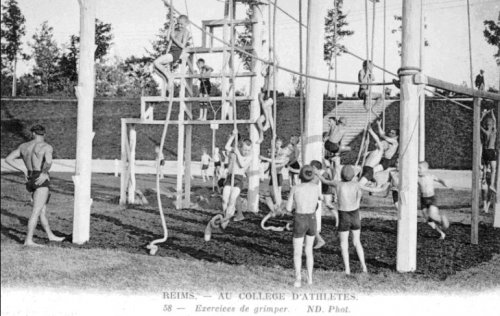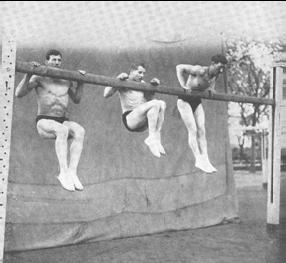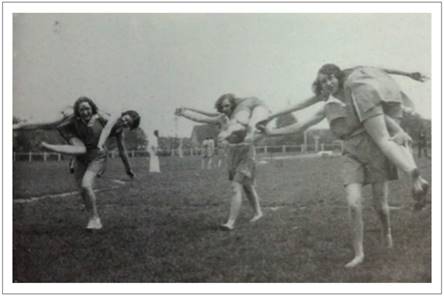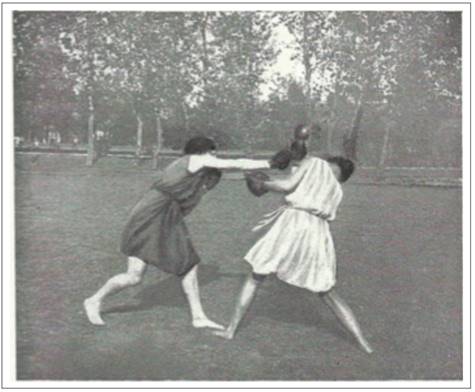|
|
Enter your e-mail address below and watch for a free weekly Training Tip on some aspect of martial arts, blade craft, conditioning, self defense, health, physical culture, history, mind training, attribute development, special offers & more |
What's New - Timeline - Articles - Techniques - Catalog - Seminars - Links - Contact Us
|
Georges Hebert's Methode Naturelle Resource Page
* Crawling His style was based on earlier methods of European physical education such as Friedrich Jahn but informed by his experiences seeing people in the real world under both harsh work conditions and in times of extreme stress with a need to perform get the job done.
In WWI he was shot twice while on a navy commando raid and sent to train recruits while he recovered. There he introduced crawling motions (quadrupedy) and created the modern obstacle course, called in French "Parcours du Combattant". After the war he was offered the chance to run a military school or to work for the government but he instead established a training academy for young women called The Palestra inspired by a sense of classical Greek aesthetics. Training outdoors in loose tunics and sandals these women were the image of modern Amazons we still see reflected today in movies like Wonder Woman!
Training at the Palestra was intensive (and expensive) yet relatively short term. Most students went there for a 6 week to 12 week program though some stayed for up to a year. A typical day at the Palestra followed a rigorous schedule consisting of: 1) Complete Natural Method training in the 10 groups of exercises on a carefully constructed outdoor course that also included fields for tennis, ball games, and wave exercises. 2) Common manual work techniques: cleaning, cooking, gardening, leveling, building and maintaining appliances, etc. 3) Spiritual and moral development: mental gymnastics, reflective thinking and self-awareness, civic engagement, etc. 4) Intellectual development: study of the precursors of physical education (Rabelais, Tissot, Andry, Amoros, Demeny, etc.), knowledge of other existing body techniques (Swedish gymnastics, harmonic gymnastics, organic gymnastics, rhythmic gymnastics, respiratory gymnastics, games: tennis and basketball, etc.), the sciences (anatomy, physiology, criticism of scientism). 5) An aesthetic culture: literature (travelers stories from ancient France: Jacques Cartier, Gabriel Sagard Theodat, Jean-Baptiste Tavernier, etc., and contemporary explorers: Abel Faivre, Henry Lhote, Norbert Casteret, etc.); mythology and the body (Atlantean history); representation of physical movement and gestures in the history of art; circus exercises; dance (rhythmic) and music (instruments: harp, tambourines, flutes). 6) Health and nature: history of hygiene, camping, exercise as medicine (correct dose, choice of exercise), diet (vegetarianism) and natural elements (hydrotherapy, air therapy, heliotherapy).
From 1922 to 1955 Hebert published a magazine called l'Education Physique which helped spread his ideas on fitness. His wife Yvonne, a devoted student and teacher of physical culture her whole life, wrote for the journal under the pen-name "The Coach".
Importantly, when working in Waves, there is always a Chief at one end of the line who governs the speed and intensity of the group's action. The Chief, in turn, bases their motion on the ability of the slowest / weakest in the Wave so that everyone will stay together. As opposed to competing like in sports, Wave training is about a group working together to achieve an objective. As opposed to sports which develop specificity of motion, Hebert taught that physical training should be generalized and universal in scope. For example, a fencer or boxer will train with one side in the lead their entire career and it will cause imbalance in the body. In the same way a runner will specialize in one type of running such as long distance and be unsuitable for another such as sprinting.
During World War II, the Vichy French government made Methode Naturelle the official program of exercise for all forces without consulting Hebert who they knew would refuse. The method was taught in a rough way at this time, unlike in Hebert's philosophy, and likely turned off a generation or more from wanting to ever train in it. After the war at age 70 and almost until the time of his death in 1957 Hebert worked tirelessly on writing a series of photographically-heavy books describing the 10 families of practical exercise. The 10 Families of Practical Exercise Crawling - This is the most primal of human motion pattern but one most of us have not spent time exploring since we were infants or young children. However, crawling motions are incredible for developing full body strength, endurance, and flexibility as well as the obvious mobility aspect. Walking and Running - These are the basis of adult human motion, but how often do we walk or run in any way other than straight ahead? In Methode Naturelle you are taught to explore all manners of walking and running, going backwards, cutting angles, moving between obstacles and so on. Jumping - This includes various hopping and jumping exercises as well as vaulting over obstacles such as walls and fences. The influence on modern Parkour is quite evident here! Climbing - Climbing covers different ways to climb poles, ladders, trees, and ropes, nets, walls, and so on, very similar to what is seen in today's modern "mud races". Balancing - Outside of balance beam gymnastics, few athletic pursuits spend time on balance training. Here both static and dynamic (moving) balance is addressed in both the gym (controlled) and real world (uncontrolled) environments moving across a variety of objects in different directions.
Lifting and Carrying - When training alone this might be a big rock or tree trunk but when working with a partner or a group it is often about moving an injured person. There are many exercises for groups that involve 1, 2, 3 or more people transporting a person either by hand or using props like poles or a blanket. Throwing - While sports emphasize throwing of a set object (ie. a ball) typically with one dominant hand, here throwing is done using both hands and various sizes and weights of objects. One might throw a lance or piece of wood with one hand alternately, throw a heavy rock with two hands. One may aim for distance, accuracy, power, etc. Gathering up a long coil of rope and casting out a line is another throwing action practiced based on real world necessity on boats or in water rescue. It is interesting to note that in the 1828 book by Friedrich Jahn which helped inspire Hebert, this family also included shooting and the use of bows and crossbows as well.
Self Defense - Hebert taught the basics of Boxing, Savate, Wresting, Jujutsu, and Stick Fighting. He believed in giving the students the most simple of basics, having them hit equipment to gain power and technique, and to then go spar and see what worked for them. This family also includes many simple pushing, pulling, and balance games both empty handed and with props such as staves or ropes. Swimming - Being the equivalent of a Navy Seal when he got wounded, it is no surprise that a great deal of information on swimming is taught. This includes basic strokes, diving, and water rescue. It also can imply a knowledge of small craft such as rafts or canoes. Sadly with the passing of time Georges Hebert's work was mainly forgotten. Like always in physical education the new replaces the old. Think of how many fitness books you have read where in the preface they say something about how their method is new and not old-fashioned, "this isn't your grandfather's exercise plan." Fortunately in some countries such as France, Belgium, and Germany as well as among the French Canadians the tradition lived on. Today it is making a come back through groups in these countries and worldwide. Overall, more people are being exposed to Hebert's work now than in many decades because of Parkour and different teachers of natural motion such as Edo Portal and Erwan Le Corre (MovNat). A final thing I find fascinating with Hebert is that in the same way he turned down the military after WWI, throughout his career whenever he was given the chance to be the top guy, the head of an organization or so on, he always refused. He could have had money and recognition many times over in his lifetime but he chose to be true to principles and stay independent. A lesson for all future coaches! If any of this is interesting to you then I implore you to please go read much longer and more detailed life histories of Georges Hebert at these English language websites: Gerorges Hebert's Life Story at Hebertisme.Com Gerorges Hebert's Life Story at MethodNaturelle.De The Larger Art of Hebertisme vs. Simply Exercising Outdoors You could take a full weight room full of gear outside but it would just be exercising outdoors and not Hebertisme. Similarly you can go practice traditional calisthenics outside but this too is not Hebertisme. Beyond being a simple method of mechanical physical fitness, Hebertisme is a philosophy guided by a set of principles referred to as the 3 / 10 / 15 which relate to the way the art should be expressed. These are: 3 Main Components for Training Physical training: Heart, lungs, muscles, but also speed, dexterity, endurance, resistance, and balance Mental training: energy, willpower, courage, coolness, firmness Ethical behavior: friendship, collective work, altruism 10 Families of Practical Exercise Crawling - Walking - Running - Climbing - Jumping - Balancing Lifting and Carrying - Throwing - Self Defense - Swimming 15 Principles for Training Continuity of work and exercises Alternating opposite efforts: fast/slow, intense/relaxed, etc. Progression of the intensity of efforts during the training Initial warm-up before training and final cool-down after training Individualization of efforts - adapting the difficulty to each one's level Working with flexibility, relaxing inactive muscles, relaxing your mind Proper posture and sufficient breathing Complete freedom of motion even in group work - avoiding collective or synchronized movements Cultivation of speed and skill Correction of individual weaknesses Taking advantage of open air and sun, obtaining the hardening benefits of the elements Allowing the group to express joy and happiness Cultivation the qualities of action - courage, willpower, cool headedness, firmness - by the execution of difficult exercises for example while seeking to control the fear of falling, of jumping, of rising, of plunging, of walking on an unstable surface, etc. Cultivation of altruistic behavior - altruism, collective work, mutual aid Cultivation of self-improvement via healthy competition As you can see from the structure, Hebertisme is not just random physical motions but a roadmap of how to train and a powerful, positive philosophy for life. Just like the Kuen Kuit (Martial Poems) of Wing Chun which teach the strategy and use of the art as a series of short written points, the 3 / 10 / 15 should be meditated upon and put to memory. When in the field practicing they are your guide for what to do and how to do it. For example, if you are jogging, then "alternating opposite efforts" could mean in your next round do an upper-body exercise since you just used your legs. Or if you just jogged forward then it could also mean to now jog backward. Before his death, Hebert told a friend that while all the techniques of the art belonged to antiquity, the methodology of Hebertisme 3 / 10 / 15 was his unique addition. PDF Resources Following are a number of written works which will give you the historical and technical basis of the art including Hebert's masterwork "Guide Practique D'Education Physique" which is over 600 pages long! Georges Hebert's Guide Practique D'Education Physique Partial English Translation of Guide Practique D'Education Physique George Hebert's L'Education Physique Raisonee Hebertisme 640 Examples of Exercises Construction of Outdoor Hebertisme Courses Belgan Boy Scout Herbertisme Guide Outdoor Pursuits: Self to Nature Activities Hebert's Baton / Cane Fighting Method Georges Hebert and Physical Training of Women in Brazil Hebert's Palestra: Physical Education for Women, Leisure and Natural Lifestyle RELATED: Friedrich Jahn's Treatise on Gymnastiks 1828 which helped inspire Hebert More Video Resources L'HEBERTISME Methode Naturelle YouTube Channel Hebertismo Methode Naturelle YouTube Channel Methode Naturelle YouTube Channel Methode Naturelle NRW YouTube Channel Hebert's Baton / Cane Method Video RELATED: Erwan Le Corre's MovNat Web Resources Georges Hebert Methode Naturelle Facebook Group Methode Naturelle Munich (Translated to English) SportNat (Translated to English) All my very best to you, Pete Kautz PS - Like this Article? Sign up for the Training Tips at the top of the page and get an original article like this sent to you by e-mail every week on Tuesday!
|
Check Back Next Week For A NEW
Special!
What Will It Be???
What's New - Timeline - Articles - Techniques - Catalog - Seminars - Links - Contact Us
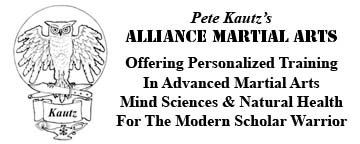
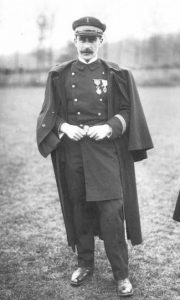 As
part of my science-fiction inspired Sunrise Project in 2020 an important
aspect of research was into the history of Parkour. This lead
to studying the works of Georges Hebert (1875-1957) who is considered the Grandfather of the art
and putting into practice his system of training called "Methode Naturele"
that combines 10 families of universal human physical activity:
As
part of my science-fiction inspired Sunrise Project in 2020 an important
aspect of research was into the history of Parkour. This lead
to studying the works of Georges Hebert (1875-1957) who is considered the Grandfather of the art
and putting into practice his system of training called "Methode Naturele"
that combines 10 families of universal human physical activity: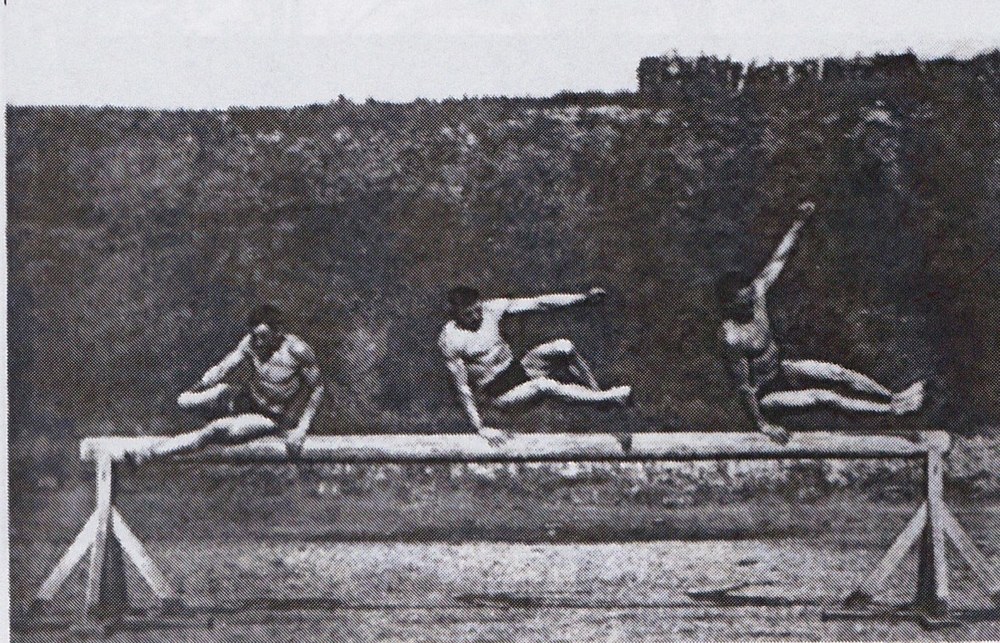 Hebert's life was one
of great adventure. As a young Naval officer in 1902 his ship was the first
to respond to a
volcanic eruption in Martinique that killed 30,000 people. He and the crew
worked tirelessly to save what survivors they could; some 700 in total.
Hebert's life was one
of great adventure. As a young Naval officer in 1902 his ship was the first
to respond to a
volcanic eruption in Martinique that killed 30,000 people. He and the crew
worked tirelessly to save what survivors they could; some 700 in total.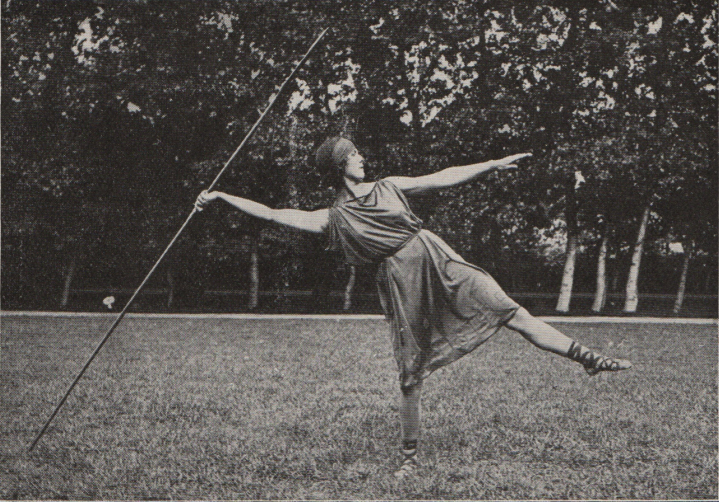
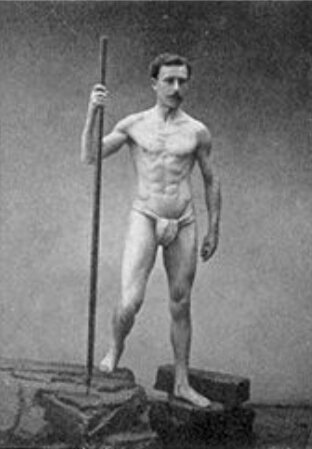
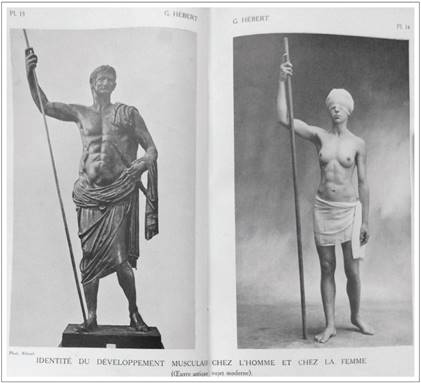
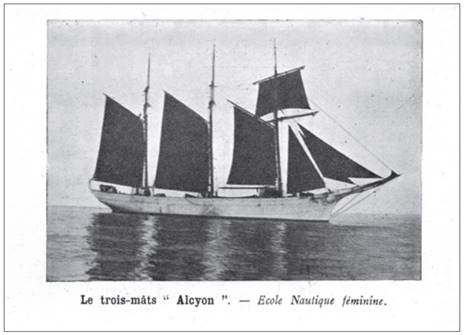 In 1930 Hebert
obtained a 3-masted schooner and started offering a sailing program as well,
teaching young women the maritime arts. Because they were working out on the
deck of the ship Hebert created what is called Wave Training where small
groups of students move across an open area and then circle back to the
starting point.
In 1930 Hebert
obtained a 3-masted schooner and started offering a sailing program as well,
teaching young women the maritime arts. Because they were working out on the
deck of the ship Hebert created what is called Wave Training where small
groups of students move across an open area and then circle back to the
starting point.